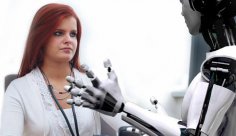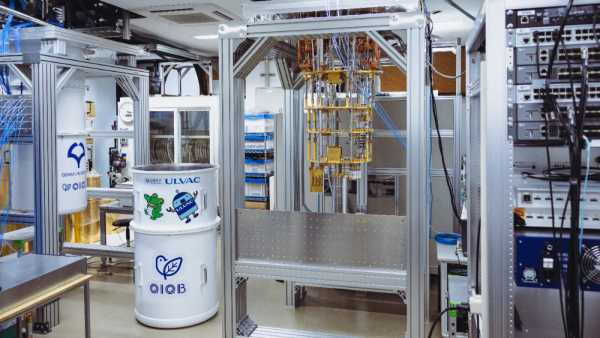
(Image courtesy: QIQB, Osaka University)
Japan has launched the first quantum computer developed and assembled using domestic components. The system is ready to operate at its base at the Center for Quantum Information and Quantum Biology (QIQB) at Osaka University.
The new system, which went into operation on July 28, will replace all previously imported components with domestic technology, Osaka University officials said. It will also run on open-source software developed in Japan called Open Quantum Toolchain for Operators and Users (OQTOPUS).
The system uses a quantum chip with superconducting qubits — quantum bits made from metals that have zero electrical resistance when cooled to temperatures close to absolute zero (minus 459.67 degrees Fahrenheit or minus 273.15 degrees Celsius). The quantum processing unit (QPU) was developed at the Japanese research institute RIKEN.
You may like
-

Breakthrough quantum computer can solve problems 200 times faster than a supercomputer
-

IBM's giant 10,000-qubit quantum computer to arrive in 2029 after science behind fault tolerance 'solved' it
-

Scientists say the future could see a breakthrough in creating small quantum computers that operate at room temperature and use light.
Other components that make up the “chandelier” – the main body of the quantum computer – include the chip housing supplied by Seiken, a magnetic shield, infrared filters, bandpass filters, a low-noise amplifier and various cables.
All of these are housed in a dilution refrigerator (a special cryogenic device that cools the quantum computing components), which allows for extremely low temperatures to be maintained. The package also includes a pulse tube refrigerator (which in turn cools the various components used), controllers, and a low-noise power supply.
OQTOPUS, in turn, is an open-source toolkit that includes everything needed to run quantum programs. It includes a core and a cloud module, as well as graphical user interface (GUI) elements, and is designed to run on a quantum processing unit (QPU) and quantum control hardware.
The New Frontier of Computing
Quantum computing has the potential to outperform the world's fastest supercomputers and solve problems by performing calculations and simulations far beyond the capabilities of today's technology. Scientists suggest that quantum computers could be useful for developing drugs, optimizing urban traffic flows, and finding optimal delivery routes for logistics companies, among many other tasks.
This is because it can process calculations in parallel rather than sequentially, using the strange laws of quantum mechanics. The idea is that the more qubits you add to a system, the more powerful it becomes.
RELATED STORIES
— Scientists have made a breakthrough in the field of the “magic state” after 20 years — without it, quantum computers will never be able to become truly useful.
— Quantum computers already exist, but why do we need them and what will they be used for?
— Scientists pave way for first million-qubit processor for quantum computers after 'decade-long' breakthrough
However, there are many obstacles to simply adding qubits to quantum computers — in particular, scientists are trying to solve the problem of extremely high error rates that occur during calculations. For this reason, most research is currently focused on quantum error correction (QEC).
Japan's first quantum computer was unveiled at Expo 2025, which took place in Osaka from August 14 to 20. At the expo, organizers showcased key components of the quantum computer. Visitors could remotely connect to the system via the cloud and run basic quantum programs. The exhibit also included interactive elements that allowed visitors to explore quantum entanglement and other quantum phenomena.
TOPICS Japan

Keumars Afifi-Sabet, channel editor, technology
Kumars is the Technology Editor at Live Science. His writing has appeared in a variety of publications, including ITPro, The Week Digital, ComputerActive, The Independent, The Observer, Metro and TechRadar Pro. He has been working as a technology journalist for over five years, previously serving as the Features Editor at ITPro. He is NCTJ qualified and holds a degree in Biomedical Science from Queen Mary, University of London. He is also a Foundation Chartered Manager with the Chartered Management Institute (CMI), achieving his Level 3 Team Leader qualification with Distinction in 2023.
You must verify your public display name before commenting.
Please log out and log back in. You will then be prompted to enter a display name.
Exit Read more

Breakthrough quantum computer can solve problems 200 times faster than a supercomputer

IBM's giant 10,000-qubit quantum computer to arrive in 2029 after science behind fault tolerance 'solved' it

Scientists say the future could see a breakthrough in creating small quantum computers that operate at room temperature and use light.

“Like a Tetris Master”: Scientists Invent Quantum Virtual Machines That Will Reduce Task Time from Days to Hours

'Quantum AI' algorithms already outpace fastest supercomputers, study says

Scientists Use Quantum Machine Learning to Create Semiconductors for the First Time — and It Could Change the Way Chips Are Made. Computing News
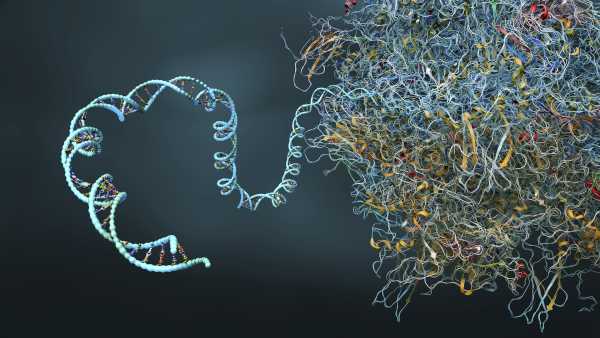
IBM and Moderna have simulated the longest mRNA pattern without AI — using a quantum computer instead.

“Like a Tetris Master”: Scientists Invent Quantum Virtual Machines That Will Reduce Task Time from Days to Hours

This little-known 80-year-old machine could be the key to unlocking the full potential of artificial intelligence today.
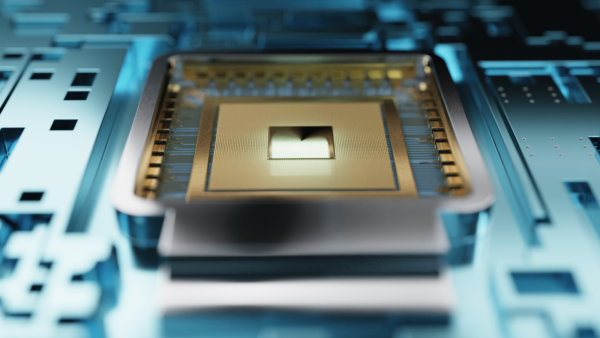
Scientists have achieved a quantum computer error rate of 0.000015% – a world record that could lead to smaller and faster machines.

Scientists are using quantum machine learning to create semiconductors for the first time – and it could change the way chips are made.
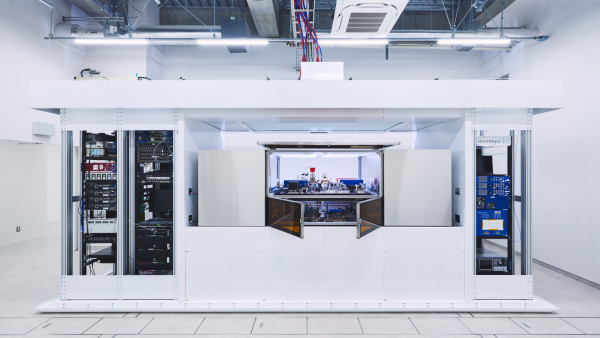
Scientists have made a breakthrough in quantum computing that began 20 years ago. Latest news

Exotic quartz arrow may have killed man 12,000 years ago in Vietnam.
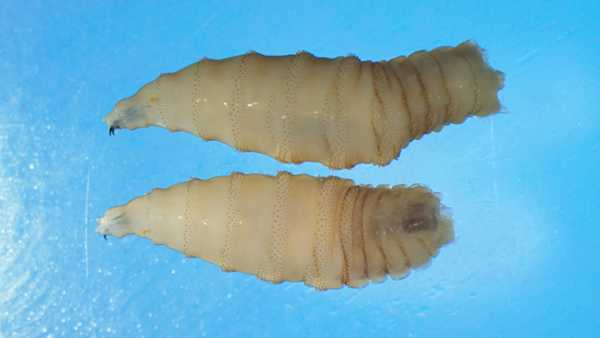
The first New World case of the parasitic blowfly in recent decades has been recorded in the United States.

Scientists discover 'spirals' in DNA that form under pressure

Thousands of bumblebee catfish climb a waterfall in never-before-seen footage
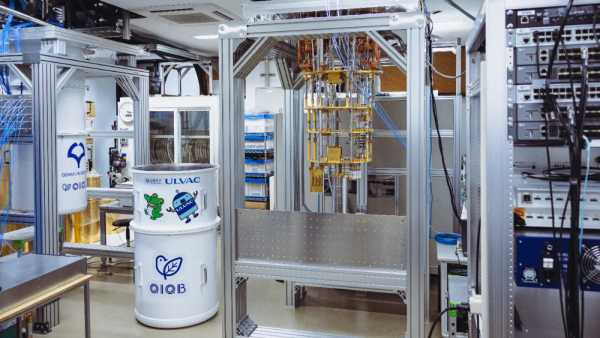
Japan launches its first domestically produced quantum computer
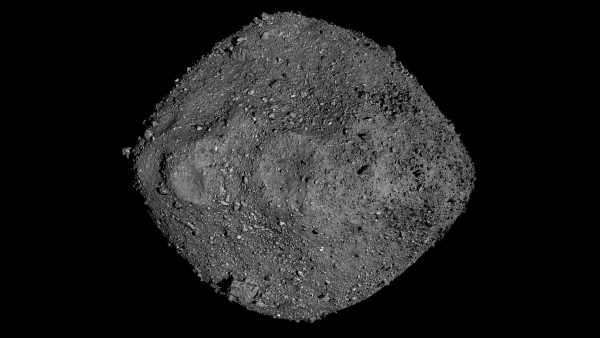
The Bennu sample contains dust that is older than the solar system itself. LATEST ARTICLES

1Diagnostic dilemma: Rare disease makes woman see people as dragons.
Live Science is part of Future US Inc., an international media group and leading digital publisher. Visit our corporate website.
- About Us
- Contact Future experts
- Terms and Conditions
- Privacy Policy
- Cookie Policy
- Accessibility Statement
- Advertise with us
- Web Notifications
- Career
- Editorial Standards
- How to present history to us
© Future US, Inc. Full 7th Floor, 130 West 42nd Street, New York, NY 10036.
var dfp_config = { “site_platform”: “vanilla”, “keywords”: “type-news-daily,serversidehawk,videoarticle,van-enable-adviser-
Sourse: www.livescience.com



